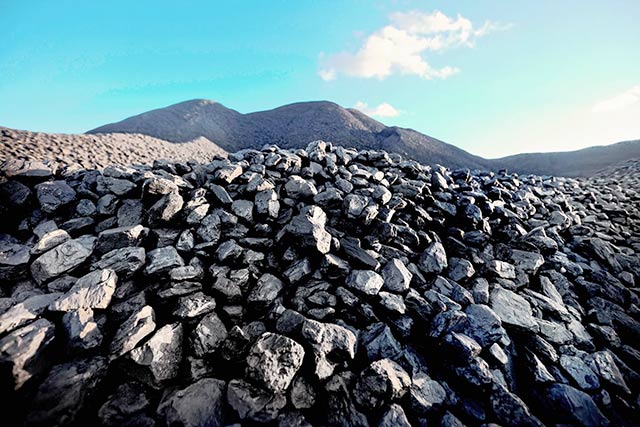The recent sharp decline in Chinese domestic thermal coal, caused by the price competition of imported coal in the midst of oversupply, has raised alarm bells within Chinese government agencies as domestic thermal coal prices have moved into the "red zone," potentially signaling intervention in the form of stricter port policies, market sources said.
Strong port policies have also directly affected the ability of Chinese metallurgical coal buyers to pick up more spot cargoes, pushing down prices.
The government entity, the National Development Reform Commission, or the NDRC, has indicated its intention to interfere in the sector if Qinhuangdao sells 5,500 kcal / kg NAR spot prices below the Yuan 470 / mt FOB — its red zone — for a longer period of time, according to reports.
Spot trades for 5,500 kcal / kg NAR grade Chinese domestic coal move into the red zone, to Yuan 460-465 / mt FOB Qinhuangdao [$64.98-$65.84 / mt] late Thursday, down Yuan 10 / mt weekly. It was motivated by a fall in demand for both marine and domestic Chinese thermal coal, combined with an rise in price pressure from marine thermal coal.
"China's NDRC said it will ensure prices return to the blue zone of Yuan 470-500/mt FOB Qinhuangdao," said one market source. Ideally, prices should hover in the green zone with a range of Yuan 500–570/mt FOB Qinhuangdao, the source added.
It is rare for the Chinese government to interfere in the domestic thermal coal market to protect the profit margins of domestic miners when prices fall to undesirable levels.
Policy interference could come in the form of a ban on imports of coal, market participants said. Port-related policies have changed since April 2018, including the implementation of a monthly quota at key ports, the slowing down of customs declarations, the refusal to allow ships to discharge prior to declaration, the restriction of customs declarations by counterparties and the establishment of a fixed time limit for the discharge of cargo.
From January to March, China imported 95.8 million mt of coal, up 28.4 per cent from the same period last year, as announced earlier by the Chinese General Customs Administration.
Coking coal imports have had an impact
While China aims to safeguard domestic mining profits by lowering import volumes, it has had an impact on metallurgical coal imports into China, accounting for just 24.6 percent of China's 2019 imported coal volumes.
According to S&P Global Platts Analytics, China imported 299.8 million mt of coal, of which 225.8 million mt were thermal coal and the rest were metallurgical coal.
Platts Premium Low Vol CFR China 's price has decreased by more than 20% since the beginning of April, when the spot market was swamped with supply to the clearing market , China. This was particularly pronounced in the Australian Premium Mid Vol segments as long-term customers globally lowered their tonnage in the light of the production cuts caused by the coronavirus pandemic.
Nevertheless, China's restrictive import policy has dampened the willingness of Chinese buyers to consume excess spot freight. The price arbitrage between domestic-seaborne low-volume premium materials was measured at a record high of $56.94 / mt on 29 April, the highest since the launch of the Met Coal PLV Import-Shanxi CFR China differential in September 2016.
Metallurgical coal sources expressed concern that spot prices could move even lower if port-related policies became even stricter. "Buying interest would be hindered if end-users think it's too difficult to get approvals," said the end-user.
From January to March, China imported 20.80 million mt of metallurgical coal, up 26.71 per cent from the same period last year, according to the latest customs statistics.


































